NEW YORK, N.Y., USA: For a successful dental implant, the first step for some patients is reconstructive surgery of the jaw. A bone graft to augment the upper jaw can now be achieved by several methods. To assess these methods, their risk of sinus perforation, and the best evaluation technology, researchers put these procedures to the test on 20 human cadaver specimens.
The Journal of Oral Implantology recently presented a pilot study comparing transcrestal techniques for maxillary sinus floor elevation. This is a surgical procedure that increases bone volume and prepares the upper jaw for dental implants. The study sought to determine if any of the techniques carried a greater risk of surgical complications.
Perforation of the sinus membrane is the most common surgical complication associated with maxillary sinus floor elevation. Perforations have been linked to acute or chronic sinus infection, edema, bleeding, loss of bone graft material, and failure of the implant.
The conventional method for this procedure is the lateral approach, which gains surgical access through the zygomatic bone bordering the maxillary sinus cavity. While this is an invasive technique, there is a low incidence of complications. A less invasive procedure uses a crestal approach through the osteotomy prepared for dental implant placement. However, this is a sensitive technique that restricts the surgeon’s direct visual examination.
The current study used 20 human cadaver specimens with 40 intact sinuses, as test subjects for three transcrestal surgical techniques. One experimental group used the DASK kit, which features specially designed surgical drills to apply mechanical and hydraulic pressure. Another experimental group received a surgical protocol that permitted entry into the sinus through crestal bone that had been eliminated during site preparation. A control group was treated with the osteotome/crestal sinus membrane elevation, or OCSME, technique.
Postoperative assessment of the specimens determined whether membrane perforation had occurred. Direct visual endoscopy, cone-beam computerized tomography, and periapical radiographs were used. While the study found endoscopy to be the preferred form of detecting membrane perforations, no significant differences were found in the rate of perforations among the surgical techniques used.
The article, “The Incidence of Maxillary Sinus Membrane Perforation During Endoscopically Assessed Crestal Sinus Floor Elevation: A Pilot Study,” was published in the Journal of Oral Implantology, Vol. 38, No. 4, 2012 and is available at http://www.joionline.org. The Journal of Oral Implantology
is the official publication of the American Academy of Implant Dentistry and of the American Academy of Implant Prosthodontics.
(Source: Journal of Oral Implantology)
NEW YORK, N.Y., USA: The demand for outpatient dental procedures is increasing and, along with it, the requirement for sedatives that meet the needs of both...
Regeneration of bone tissue could greatly benefit people with jawbone deficiencies due to tooth loss, infection or trauma. While an ideal method of ...
In Part 1 of this three-part series, we presented a sinus lift technique involving hydraulic pressure to elevate the floor of the maxillary sinus. Many ...
Registration is now open for the Yankee Dental Congress, set to take place Jan. 29 to 31 at the Thomas Michael Menino Convention and Exhibition Center in ...
Success of a dental implant can be affected by the width of the alveolar ridge — an indication of the amount of bone available to hold the implant. A ...
Get ready to take your dental practice to the next level! Register today for the 2025 Florida Dental Convention (FDC2025). FDC2025 will take place June ...
I invented the Continuous Wave of Obturation Technique (CWOT) in 1986 and used it with the Touch’n Heat (SybronEndo) until the winter season of ...
The current economy has changed the way we look at revenue and profitability. Prior to the downturn, services like implants were experiencing tremendous ...
The Association of Dental Implant Auxiliaries (ADIA) will offer a Dental Team Implant Certification Program on 27 August in Hamburg, Germany. In an effort ...
NEW YORK, N.Y., USA: The added precision of computer guidance to oral implant surgery provides another leap forward in restorative dentistry, according to ...
Live webinar
Mon. 12 January 2026
9:00 AM EST (New York)
Prof. Judith Jones D.D.S; M.P.H., Prof. Kakuhiro Fukai D.D.S., Ph.D, Dr. Bathsheba (Bethy) Turton
Live webinar
Wed. 14 January 2026
12:00 PM EST (New York)
Dr. Théo Laplane, Dr. Robert Gottlander DDS
Live webinar
Fri. 16 January 2026
12:00 PM EST (New York)
Live webinar
Mon. 19 January 2026
1:00 PM EST (New York)
Philipp Kopp, Michael Seeber
Live webinar
Thu. 22 January 2026
2:00 PM EST (New York)
Dr. Nicola M. Grande DDS, PhD
Live webinar
Wed. 28 January 2026
8:00 AM EST (New York)
Live webinar
Wed. 28 January 2026
11:00 AM EST (New York)
Prof. Dr. Jan-Frederik Güth



 Austria / Österreich
Austria / Österreich
 Bosnia and Herzegovina / Босна и Херцеговина
Bosnia and Herzegovina / Босна и Херцеговина
 Bulgaria / България
Bulgaria / България
 Croatia / Hrvatska
Croatia / Hrvatska
 Czech Republic & Slovakia / Česká republika & Slovensko
Czech Republic & Slovakia / Česká republika & Slovensko
 France / France
France / France
 Germany / Deutschland
Germany / Deutschland
 Greece / ΕΛΛΑΔΑ
Greece / ΕΛΛΑΔΑ
 Hungary / Hungary
Hungary / Hungary
 Italy / Italia
Italy / Italia
 Netherlands / Nederland
Netherlands / Nederland
 Nordic / Nordic
Nordic / Nordic
 Poland / Polska
Poland / Polska
 Portugal / Portugal
Portugal / Portugal
 Romania & Moldova / România & Moldova
Romania & Moldova / România & Moldova
 Slovenia / Slovenija
Slovenia / Slovenija
 Serbia & Montenegro / Србија и Црна Гора
Serbia & Montenegro / Србија и Црна Гора
 Spain / España
Spain / España
 Switzerland / Schweiz
Switzerland / Schweiz
 Turkey / Türkiye
Turkey / Türkiye
 UK & Ireland / UK & Ireland
UK & Ireland / UK & Ireland
 International / International
International / International
 Brazil / Brasil
Brazil / Brasil
 Canada / Canada
Canada / Canada
 Latin America / Latinoamérica
Latin America / Latinoamérica
 China / 中国
China / 中国
 India / भारत गणराज्य
India / भारत गणराज्य
 Pakistan / Pākistān
Pakistan / Pākistān
 Vietnam / Việt Nam
Vietnam / Việt Nam
 ASEAN / ASEAN
ASEAN / ASEAN
 Israel / מְדִינַת יִשְׂרָאֵל
Israel / מְדִינַת יִשְׂרָאֵל
 Algeria, Morocco & Tunisia / الجزائر والمغرب وتونس
Algeria, Morocco & Tunisia / الجزائر والمغرب وتونس
 Middle East / Middle East
Middle East / Middle East



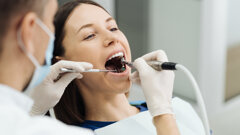






























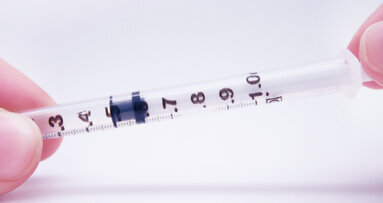
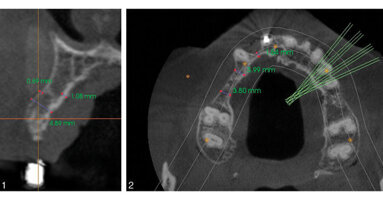

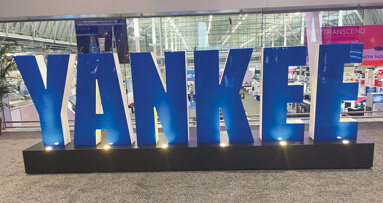
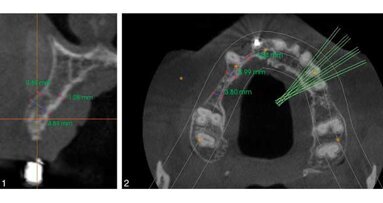

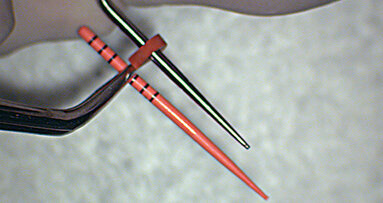




















To post a reply please login or register